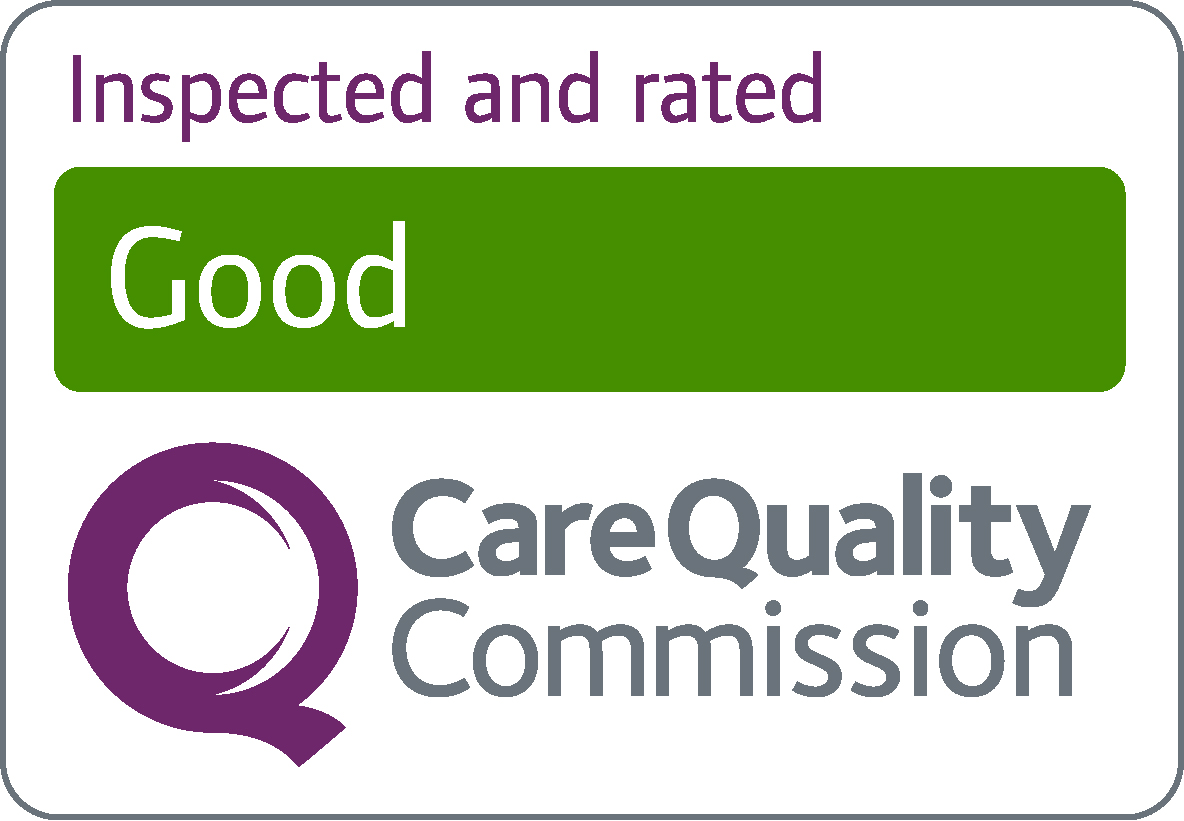Safeguarding
A child or young person can be harmed emotionally, physically, sexually or through neglect of their basic needs. The effects on a child of any of these types of harm can be severe and last into adulthood. It is essential that any abuse of a child is noticed and action is taken to prevent further harm.
Emotional abuse
Emotional abuse is any behaviour of a parent or Carer towards a child that is likely to cause severe and long-lasting bad effects on the child’s emotions. There are many forms of emotional abuse, which include:
- Making a child feel that they are unloved or only valued if they do what the adult wants.
- Expectations of the child that are not appropriate for their age or stage of development.
- Not allowing the child to spend time with friends.
- The child sees or hears someone else being abused.
- Often causing the child to feel frightened or in danger.
Fabricated or induced illness
When a parent or Carer makes up or exaggerates a child’s symptoms or interferes with the child or their
medication to make the child ill.Neglect
Neglect is when there is a failure to provide for a child’s basic physical or emotional needs, which is likely to damage the child’s health or development. Examples of neglect include:
- Not providing enough food, clothing and shelter.
- Not protecting the child from physical and emotional harm or danger.
- Not providing adequate supervision of a child, such as leaving the child with someone who is unable to look after the them properly.
- Not helping a child to have the medical care or treatment that they need.
- Not providing a child with their basic emotional needs, such as feeling loved and safe.
Physical abuse
When the child is physically harmed, such as hitting, shaking, throwing, poisoning, burning or scalding, drowning or suffocating.Sexual abuse
Sexual abuse involves forcing or encouraging the child or young person to take part in sexual activities, including prostitution, whether or not the child is aware of what is happening. This may include sexual contact or non-contact activities, such as involving children in looking at, or in the making of, sexual images, watching sexual activities, or encouraging a child to behave in sexually inappropriate ways.
There are many different signs of possible child abuse and these include:
- Bruises or burns in unusual places.
- Changes in the behaviour of a child such as being aggressive or very withdrawn.
- Unexplained changes in their emotions such as being depressed or anxious.
- Looking as though they are not being properly looked after, such as being unusually dirty, smelly or hungry.
- Having sexual knowledge or behaviour that is not appropriate for their age.
- Being afraid of a particular adult or reluctant to be alone with them.
These are not the only signs of child abuse and these signs are not always due to child abuse. You must trust your judgement and discuss any concerns (see below).
Listen to the child. If they confide in you, make it clear to them you are taking them seriously and you are going to help them.Help to support a friend or member of your family who is struggling to cope with the stresses of being a parent by:
- Listening to them to help relieve some of the stress.
- Providing help such as looking after the children or doing the shopping.
- Helping them to find other support and services in the community.
Trust your judgement. If you have serious concerns about the welfare of a child, contact the police, social services or the 24-hour NSPCC Child Protection Helpline (0808 800 5000).How to report your concerns
Police:
- If you think it is an emergency (the child is at immediate risk of serious harm) then refer the child immediately to the police (call 999) and social services for immediate action. Don’t put yourself in danger.
- Police may enter any premises and remove a child to a place of safety for 72 hours.
- Police have child abuse investigation units, which normally take responsibility for investigating child abuse cases.
Social workers (local authority social services):
- All local authorities have a social services officer permanently on call (including out of hours) with access to the child protection register. This officer can take referrals if there are concerns about a child.
- The local authority has responsibility for the safety and welfare of children.
The NSPCC:
- Is a voluntary organisation authorised to initiate child protection proceedings.
- Has a national child protection helpline (freephone 0808 800 5000) and a children’s helpline (Childline, freephone 0800 1111).
Local Safeguarding Children’s Board:
The Local Safeguarding Children’s Board (LSCB) is responsible for deciding how each organisation should work together to safeguard children in its area.
Further help & information
NSPCC Weston House, 42 Curtain Road, London, EC2A 3NHTel: (Help and advice) 0808 800 5000, (Text) 88858Web: www.nspcc.org.uk
Childline Tel: (Helpline) 0800 1111Web: www.childline.org.uk
NAPAC – The National Association for People Abused in Childhood P O Box 63632, London, SW9 1BFTel: (Admin) 0203 176 0560, (Support Line) 0800 085 3330 (10 am-9 pm Monday-Thursday, 10 am-6 pm Friday)Web: www.napac.org.uk
MOSAC 20 Egerton Drive, London, SE10 8JSTel: (Helplines) 0800 980 1958 and 020 8293 9990Web: www.mosac.org.uk
Further reading & references
- When to suspect child maltreatment; NICE Clinical Guideline (July 2009)
- Leaflets for professionals, parents and children; National Society for Prevention of Cruelty to Children (NSPCC)
- Child Abuse – Signs and Symptoms; Kidscape
Disclaimer: This article is for information only and should not be used for the diagnosis or treatment of medical conditions. EMIS has used all reasonable care in compiling the information but make no warranty as to its accuracy. Consult a doctor or other health care professional for diagnosis and treatment of medical conditions. For details see our conditions.
Additional Information
Defibrillators in the Community
